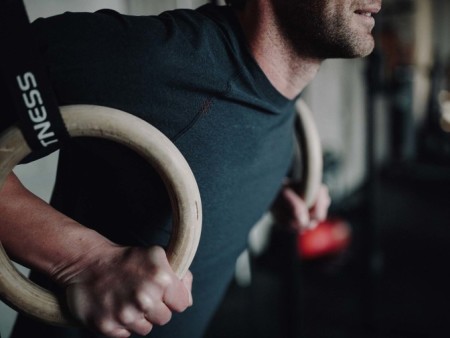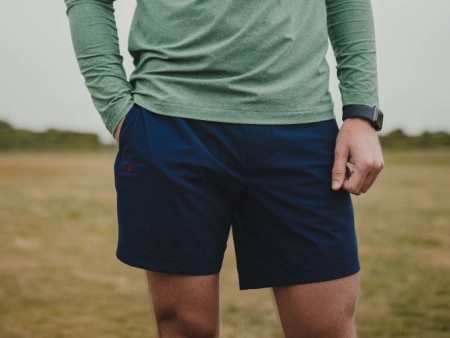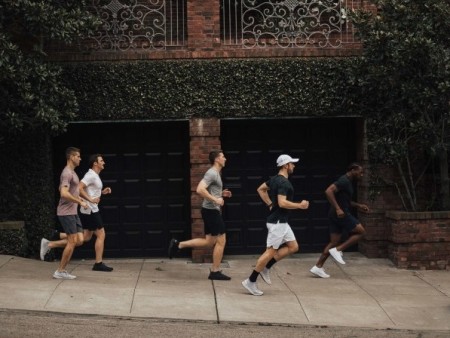an active recovery algorithm
What is active recovery? And what does it have to do with algorithms?
These are two common concepts that need a clear cut definition in the world of the active man.
Recovery is not a new concept. It has been understood as an essential aspect of human life since the days of Hippocrates, the father of western medicine (c. 460 BC – c. 370 BC). Hippocrates’ therapeutic doctrine was based on “the healing power of nature”. The body contains within itself the power to re-balance and heal.
Although many passive modalities exist today (such as electric stimulation, ice, heat, etc) - ACTIVE modalities have proven to be the cornerstone of successful recovery methods.
A ship is safest at harbor, but that is not what a ship is meant for. The human body was meant to move and therefore, our primary recovery methods should also include movement.
Three generalized active recovery methods are muscle lengthening stretches, using a tool (foam roller/ball) to dig into muscles, and activation exercises.
It is very common to see active men apply each one of these methods independently of each other, but many fail to apply all three successively. Intentionally programming each of the three methods in a structured algorithm ensures maximum therapeutic benefit and a greater chance to achieve physical resiliency.
An algorithm is defined as a process or set of rules to be followed in calculations or other problem-solving operations. The “how to..” description on the back of your shampoo bottle is a simple example of an algorithm we use on a regular basis. This order of operations should be implemented just as simply in our active lifestyles. Its effectiveness is based on autonomy and consistency, multiple times per day.
In order for the recovery algorithm to be highly effective and time-efficient, a minimum of 90 seconds per muscle group is required in each step.
The steps are as follows
-
SMASH
-
STRETCH
-
ACTIVATE
Veins, arteries, and nerves all follow each other within the body. The goal of each recovery step is to increase blood flow within the tissue and each step builds on the next. More blood flow means more oxygen, which leads to more healing. The perfect opportunity to stretch and activate a muscle group is right after digging into it with a foam roller or ball.
Activation exercises, targeting the antagonist muscles, are performed at the end of the algorithm to help regulate the “mind-to-muscle” connection. This muscular activation primes our nervous system.
Upper Body Example
1. SMASH Sub-Occipitals

2. STRETCH Sub-Occipitals

Dr. Kamraan Husain wearing the Reign Short Sleeve and Reign Midweight Jogger
3. ACTIVATE Deep Neck Flexors (antagonist)

Lower Body Example
1. SMASH Hip Flexors (iliopsoas/rectus femoris)


2. STRETCH Hip Flexors (iliopsoas/rectus femoris)


3. ACTIVATE Gluteals (antagonist)


As stated by Dr. John Rusin, a world-renowned expert in performance and pain-free training; the mastery of our body and this recovery algorithm is an ever-growing process. Our society does not necessarily have an “over-training” problem, but rather an “under-recovery” problem. Ultimately, most recovery programs fail due to a lack of preparation and/or a lack of diligence.
This recovery algorithm creates the strategic self-sufficiency needed for the more active man. As long as we are functional, living, and breathing organisms under the laws of gravity. Remember, RECOVERY HAS NO LIMITS.
To see more recovery techniques from Dr. Kamraan Husain, Chiropractor, Director of Performance at The Workout KC, and Wilhelmina Models - NYC., follow him on Instagram: @dr.kamraan.husain













